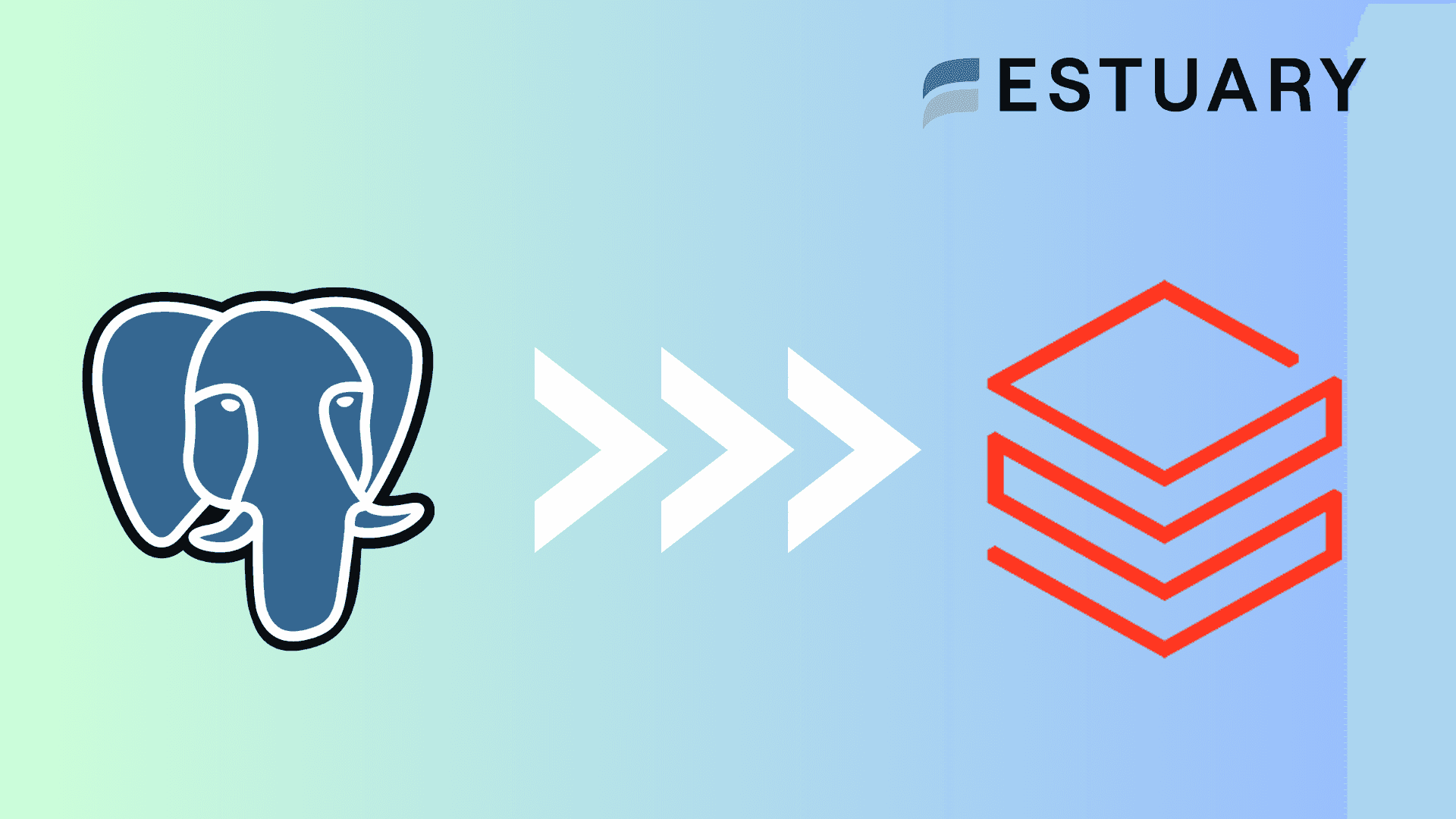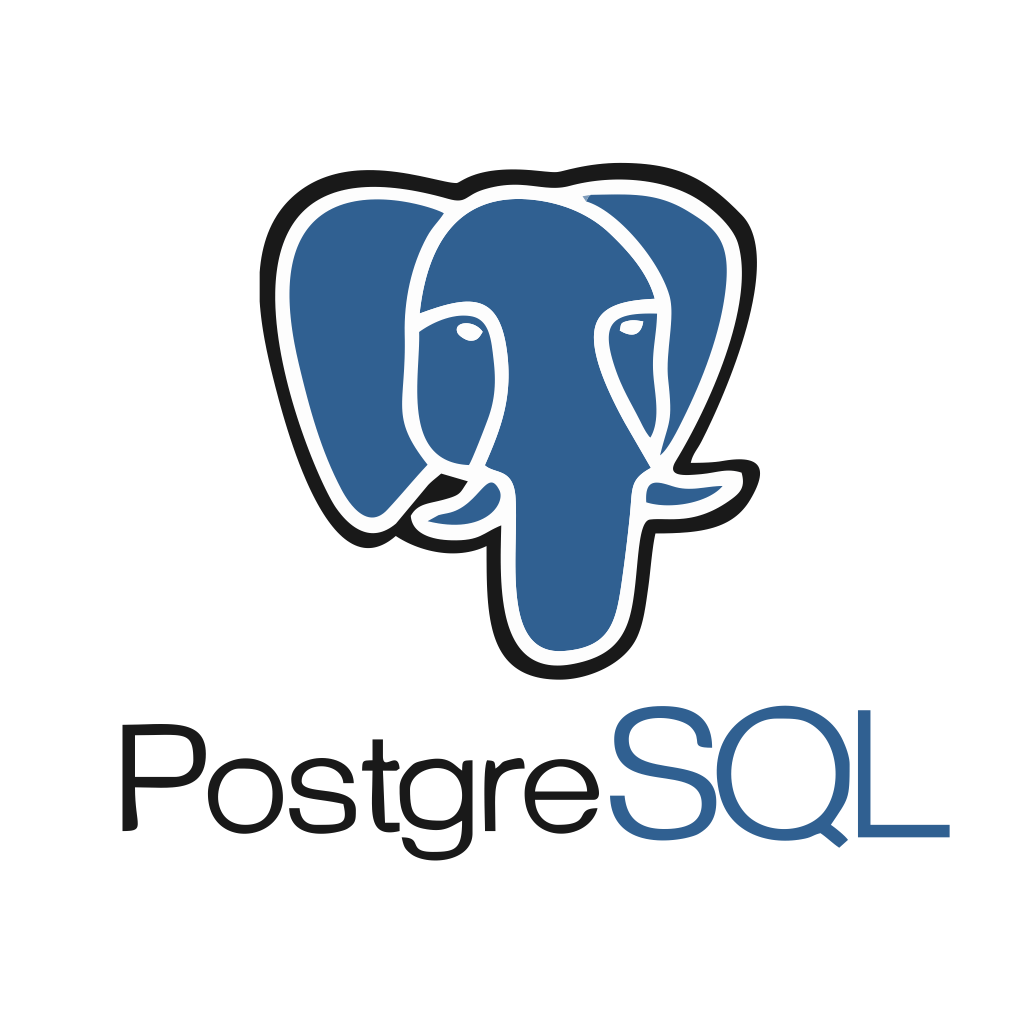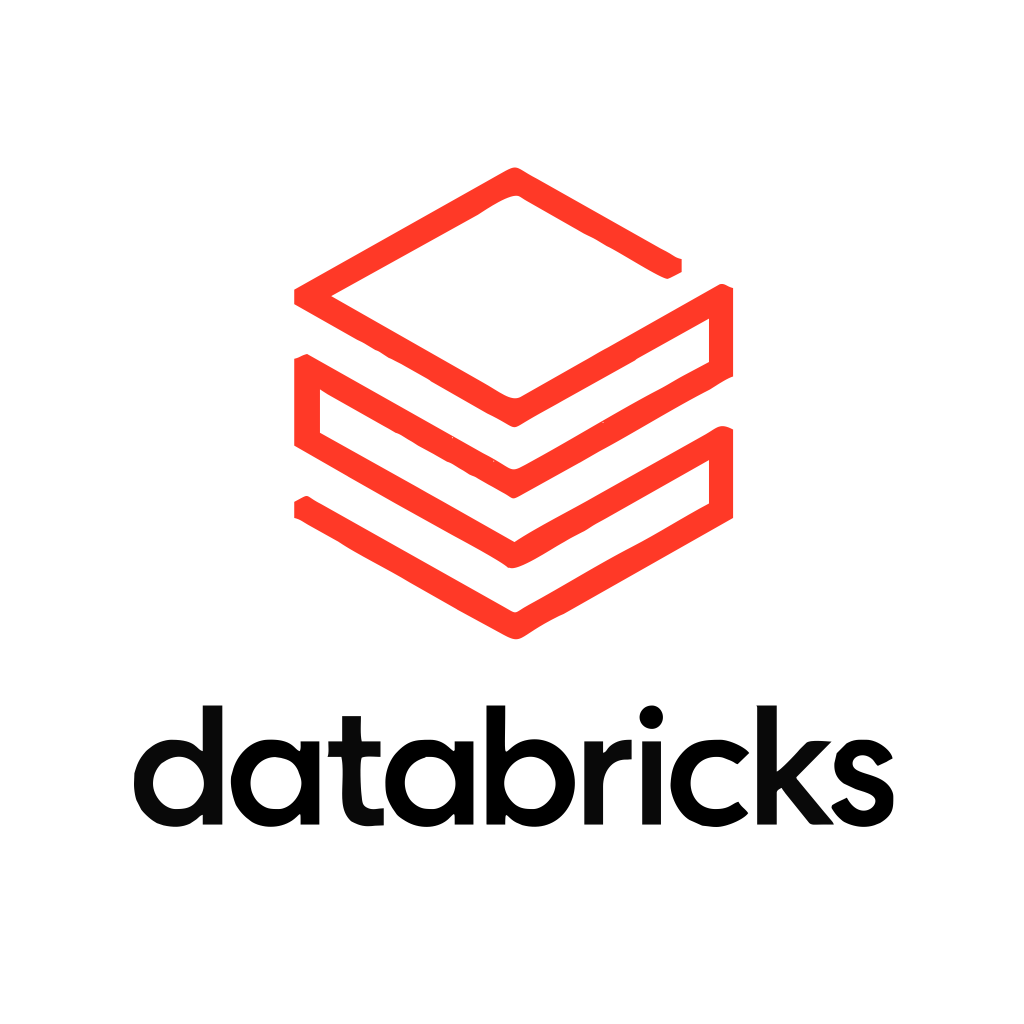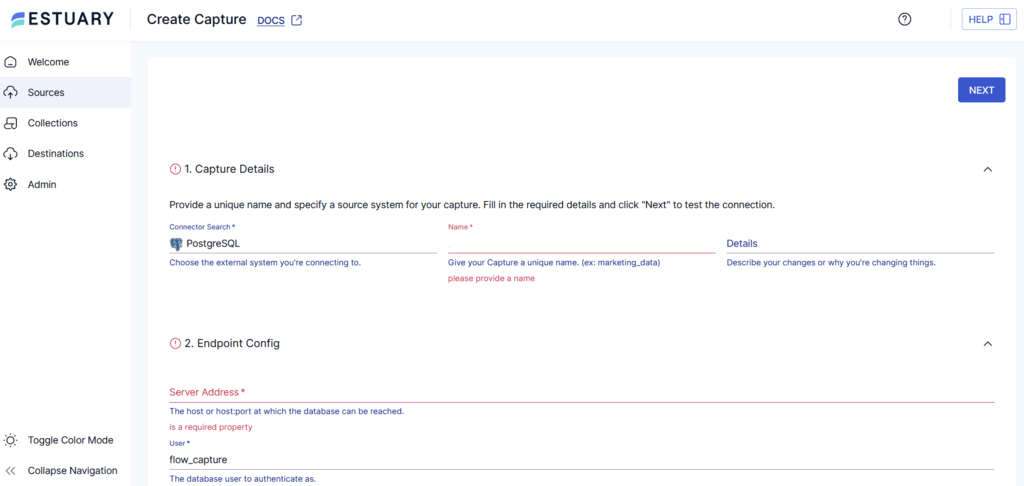
Popular for its custom functions and data types, you can use Postgres for effective data storage, retrieval, and handling. However, the major shortcoming of PostgreSQL is its inability to handle massive and continuously expanding workloads for complex analytics.
Connecting Postgres to Databricks provides enhanced capacity to manage these growing datasets. You can leverage the high scalability and performance, advanced analytics, and machine learning capabilities of Databricks for improved outcomes.
Let’s dive into the different methods to connect PostgreSQL to Databricks after a quick overview of both platforms.
Overview of Postgres
PostgreSQL, popularly known as Postgres, is an open-source relational database management system (RDBMS) widely used within organizations for its robustness, flexibility, and comprehensive support for SQL querying.
PostgreSQL uses a multi-process architecture, where each new connection to the database server initiates a new backend process. It uses separate processes for different systems and users. The processes are divided into two types:
- Server-side Process: These are the PostgreSQL backend processes for managing the database files, connections from client applications, and other database actions on behalf of clients.
- Client-side Process: These are the front-end that interact with the PostgreSQL server, and help perform database operations (learn more about how to structure these interactions using PostgreSQL Schemas). The applications can range from text-oriented tools and graphical applications to web servers accessing the database to display web pages and specialized database maintenance tools.
Overview of Databricks
Databricks is a unified analytical platform built on Apache Spark. It combines multiple components, such as SQL analytics, Spark analytics, and machine learning, into a single platform. This integration reduces the need for different tools and environments, enhancing productivity and ease of use.
The architecture of Databricks includes a control plane and a compute plane. Let’s take a look at each of these:
- Control Plane: This layer, hosted and managed by Databricks, includes the backend services necessary for managing your Databricks account and orchestrating jobs. It also features a web application for user interaction and administration.
- Compute Plane: This is where data processing occurs. Databricks offers a serverless compute plane to run the serverless compute resources and a classic compute plane to manage the compute resources in your cloud infrastructure.
Here are some key features of Databricks.
- Interactive Notebooks: Databricks offers interactive notebooks where you can write and execute codes in different programming languages, such as R, Python, and SQL. This gives you the flexibility to code in your preferred language.
- Cluster Scaling: Databricks automatically scales your compute clusters to cater to your workload requirements. This optimizes your resource utilization for maximum efficiency.
Why Connect PostgreSQL to Databricks?
Here are some compelling reasons to ingest Postgres to Databricks.
- Real-Time Processing: Databricks enables real-time data processing for immediate analysis. This capability is vital for applications such as fraud detection and real-time personalization, requiring real-time decision-making.
- Unified Platform: Databricks offers a unified data analytics platform for handling real-time and historical data. It can seamlessly integrate with PostgreSQL, allowing you to combine the data from other sources for comprehensive analytics.
Methods for PostgreSQL to Databricks Connection
Here are the different ways to execute a PostgreSQL connection to Databricks.
- The Automated Option: Using Estuary Flow to Load Your Data from PostgreSQL to Databricks.
- The Manual Approach: Using the CSV Export/Import to Load Your Data from PostgreSQL to Databricks.
Method 1: Using Estuary Flow for Postgres Connect to Databricks
Estuary Flow offers a low-code, real-time ETL solution for a seamless PostgreSQL connection to Databricks. With a user-friendly interface, built-in connectors, and several other robust features, it simplifies the setup of your integration pipelines.
Some benefits of using Estuary Flow are listed below:
- Built-in Testing: Estuary Flow facilitates built-in testing and quality checks to validate data flows between systems continuously. This ensures that the data integration meets high standards of accuracy and quality, reducing the risk of errors.
- Change Data Capture: With its Change Data Capture (CDC) capabilities, Estuary Flow tracks and captures all the changes in the source data, ensuring the destination system is always updated in real time. This feature is essential for maintaining data integrity and real-time analytics.
- Ready-to-Use Connectors: Estuary Flow offers over 200 built-in connectors for seamless data integration across a diverse range of sources and destinations. The connectors facilitate the rapid setup of data pipelines, catering to your varied business needs.
Let’s look into the complete step-by-step process for Postgres connect to Databricks using Estuary Flow.
Prerequisites
- PostgreSQL
- Databricks
- An Estuary account
Step 1: Configuring PostgreSQL as the Source
- To start configuring PostgreSQL as the source end of your data integration pipeline, first log in to your Estuary account.
- From the dashboard, select the Sources option.
- Click on + NEW CAPTURE from the Sources page.
- Search for the PostgreSQL connector using the Search connectors box and click the connector’s Capture button.
- You will be redirected to the PostgreSQL connector page. Enter all the mandatory details such as Name, Server Address, User, and Password.
- Then, click NEXT > SAVE AND PUBLISH. The connector uses CDC to continuously capture updates in your Postgres database into one or more Flow collections.
Step 2: Configuring Databricks as the Destination
- To configure the destination end of the pipeline, click MATERIALIZE COLLECTIONS in the pop-up window that appears after a successful capture. Alternatively, select the Destinations tab on the dashboard.
- On the Destinations page, click on + NEW MATERIALIZATION.
- Using the Search connectors box, search for the Databricks connector and click its Materialization button.
- You will be redirected to the Databricks connector page. Fill in all the specified details such as Name, Address, HTTP path, Catalog Name, and Personal Access Token.
- Consider using the Source Collections section to manually link a capture to your materialization.
- Click on NEXT > SAVE AND PUBLISH to materialize data from Flow collections into tables in your Databricks SQL warehouse.
Connectors Used for this integration: Postgres & Databricks
Method 2: Using CSV Export/Import for Connecting Postgres to Databricks
In this section of the tutorial, you will learn how to go about manually connecting PostgreSQL to Databricks. The first step involves two important steps: using the COPY command for exporting data from PostgreSQL via CSV files, and, from there, importing these CSV files into Databricks.
Step 1: Export Data From PostgreSQL as CSV Files Using the COPY Command
Firstly, we’re going to be using the COPY command to export PostgreSQL data directly to a CSV file.
- In the command line, start by specifying the COPY command with the name of the Postgres table to be exported, followed by the location of the export and the delimiter.
But let’s look at an example of this statement to see how it actually works:
plaintextCOPY booksRead TO '/Users/lcdr_data/books-read-export.csv' DELIMITER ',' CSV HEADER;This simple command writes the booksRead table to a CSV file on the PostgreSQL server. Following this, you will see a response like COPY 5. This PostgreSQL response confirms that your statement is executed successfully and indicates that five rows have subsequently been exported.
- To verify the exported CSV file, visit the folder in the export location you specified earlier. Open the file just to make sure that the data has been exported correctly.
Step 2: Import CSV into Databricks
Once you have your CSV file, the next step covers how you can import your Postgres data into Databricks.
- Now, click on the Data tab from the sidebar of your Databricks workspace. This should take you to the Data View window where you can import your CSV files.
- Click the Upload File button in the Data View window and select the CSV files to upload. Databricks will then initiate the process to upload your CSV files from your local machine.
- When it comes to configuring the table settings, Databricks automatically assigns a table name according to the format of the CSV file to be read. You can also provide a specific table name on the command line or modify the settings according to your needs.
- After you have successfully uploaded the CSV file, you can view the table representing your Postgres data from the Data tab in the Databricks workspace.
Limitations of Using the CSV Export/Import Method
Here are some limitations of using the CSV export/import method to connect PostgreSQL to Databricks.
- Data Volumes: The CSV export/import method is only suitable for smaller data volumes. For larger data volumes, data loss or errors are more likely.
- Lacks Real-Time Integration: This approach does not support real-time integration. It leads to data redundancy, as any changes to the data source are not reflected in the destination in real-time.
- Effort-Intensive: Integrating your data using the CSV export/import consumes considerable time and effort, as you have to perform all operations manually.
Conclusion
Connecting PostgreSQL to Databricks can significantly streamline your data analytics capabilities and workflows. This integration not only facilitates machine learning and business intelligence functionalities, enabling optimized decision-making processes, but also opens up a world of possibilities for utilizing robust data integration and ETL Tools to manage and analyze your data effectively.
In this article, you have seen two effective methods for connecting Postgres to Databricks. One is the manual CSV export/import method, which is effort-intensive and lacks real-time integration capabilities. An alternative solution is to use Estuary Flow, which is automated, highly scalable, and has an intuitive interface. This helps reduce the manual efforts to create your Postgres to Databricks real-time data integration pipeline.
Explore the impressive features of Estuary Flow to automate and simplify your data integration process. Sign in now to get started!
FAQs
- Can I run multiple PostgreSQL versions on the same machine?
Yes. You can run multiple versions of PostgreSQL simultaneously on the same host. You can also run different instances of the same version of PostgreSQL, each in its own sandboxed environment.
- Is PostgreSQL multi-threaded?
No. The PostgreSQL server is not multi-threaded. Every connection creates a separate process on the server, so any concurrent requests to the process would have to be serialized.
- Can I use Databricks without cloud support?
No. Since Databricks is built in a cloud-based environment, you cannot use it locally.
- What are some common use cases for PostgreSQL and Databricks integration?
Integrating PostgreSQL with Databricks empowers data warehousing, real-time analytics, machine learning model training, and end-to-end data science workflows.
Related Guides on Sync Data from Other Sources to Databricks:

About the author
Rob has worked extensively in marketing and product marketing on database, data integration, API management, and application integration technologies at WS02, Firebolt, Imply, GridGain, Axway, Informatica, and TIBCO.
Popular Articles
















